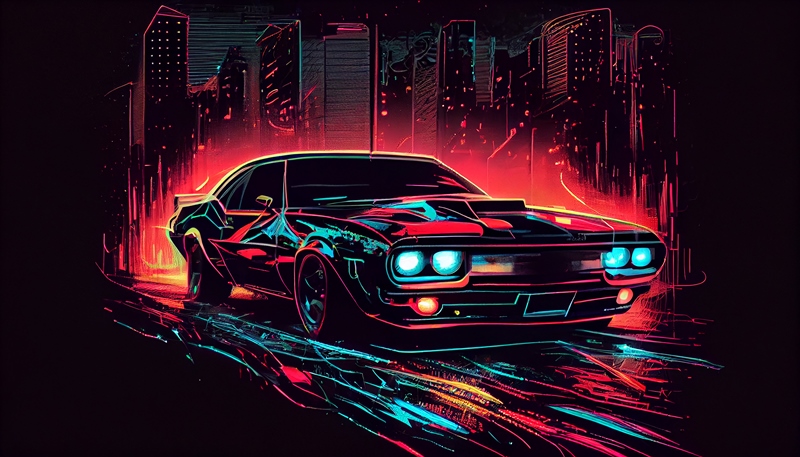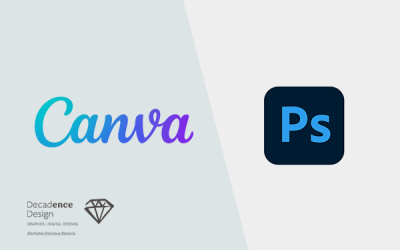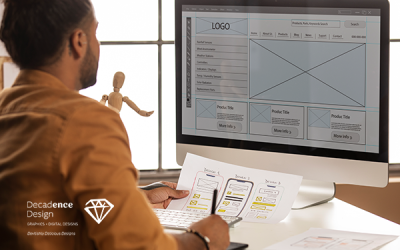Graphic design has always been an integral part of Formula 1™, contributing to the sport’s visual identity and enhancing the connection between teams, drivers, and fans. From the early days of hand-painted liveries to the high-tech digital designs of today, the evolution of graphic design in Formula 1™ reflects not only the advancements in technology but also the changing aesthetics and cultural trends. This article takes you on a journey through the years, exploring how graphic design in Formula 1™ has transformed from a functional necessity to a powerful branding tool.
The Early Years (1950s – 1960s)
In the nascent years of Formula 1™, graphic design was a rudimentary affair, with teams primarily focusing on functional aspects such as legibility and identification. Hand-painted liveries were the norm, with basic color schemes and numbers being the key elements. These designs, while simple, laid the groundwork for the visual representation of teams and drivers on the track.
Technicolor Era (1970s – 1980s)
The 1970s and 1980s marked a shift towards more vibrant and eye-catching liveries. Sponsorship began to play a significant role, leading to more complex designs that incorporated brand logos and colorful patterns. The Lotus John Player Special livery and McLaren’s Marlboro design are iconic examples from this era. Graphic design started to move beyond functional necessities, becoming a canvas for artistic expression.
The Digital Revolution (1990s – 2000s)
Advancements in digital design technology revolutionised the way teams approached their liveries. Computer-aided design (CAD) allowed for intricate detailing and precise execution. Brands could now experiment with gradients, shading, and more complex shapes, leading to visually captivating designs. Williams’ blue and white Rothmans livery and the bold red Bull liveries are representative of this era’s graphic design innovation.
Minimalism and Corporate Identity (2010s)
The 2010s saw a trend towards minimalism and a focus on corporate branding. Many teams opted for cleaner designs, often dominated by a single color and prominent sponsor logos. McLaren’s silver and black livery and Mercedes’ silver arrow design exemplify this approach. The designs aimed to establish a strong brand identity while catering to a global audience.
Digital Age and Fan Engagement (2020s)
The current decade has witnessed a fusion of traditional design principles with the digital age’s possibilities. Teams now leverage graphic design not only for their on-track presence but also for engaging with fans on social media platforms and through interactive experiences. Dynamic graphics, animations, and augmented reality elements have become integral to team branding. This era highlights the symbiotic relationship between design and technology, enhancing the overall Formula 1™ experience.
The evolution of graphic design in Formula 1™ encapsulates the broader shifts in design trends, technology, and cultural influences over the decades. From functional hand-painted liveries to digitally rendered and interactive designs, graphic design has played a crucial role in shaping the sport’s visual language. As Formula 1™ continues to embrace new technologies and global audiences, the future of graphic design in the sport promises to be a dynamic and exciting journey of innovation and creativity. Whether it’s the nostalgia of classic liveries or the allure of cutting-edge digital designs, graphic design will always be an inseparable part of the Formula 1™ experience.





